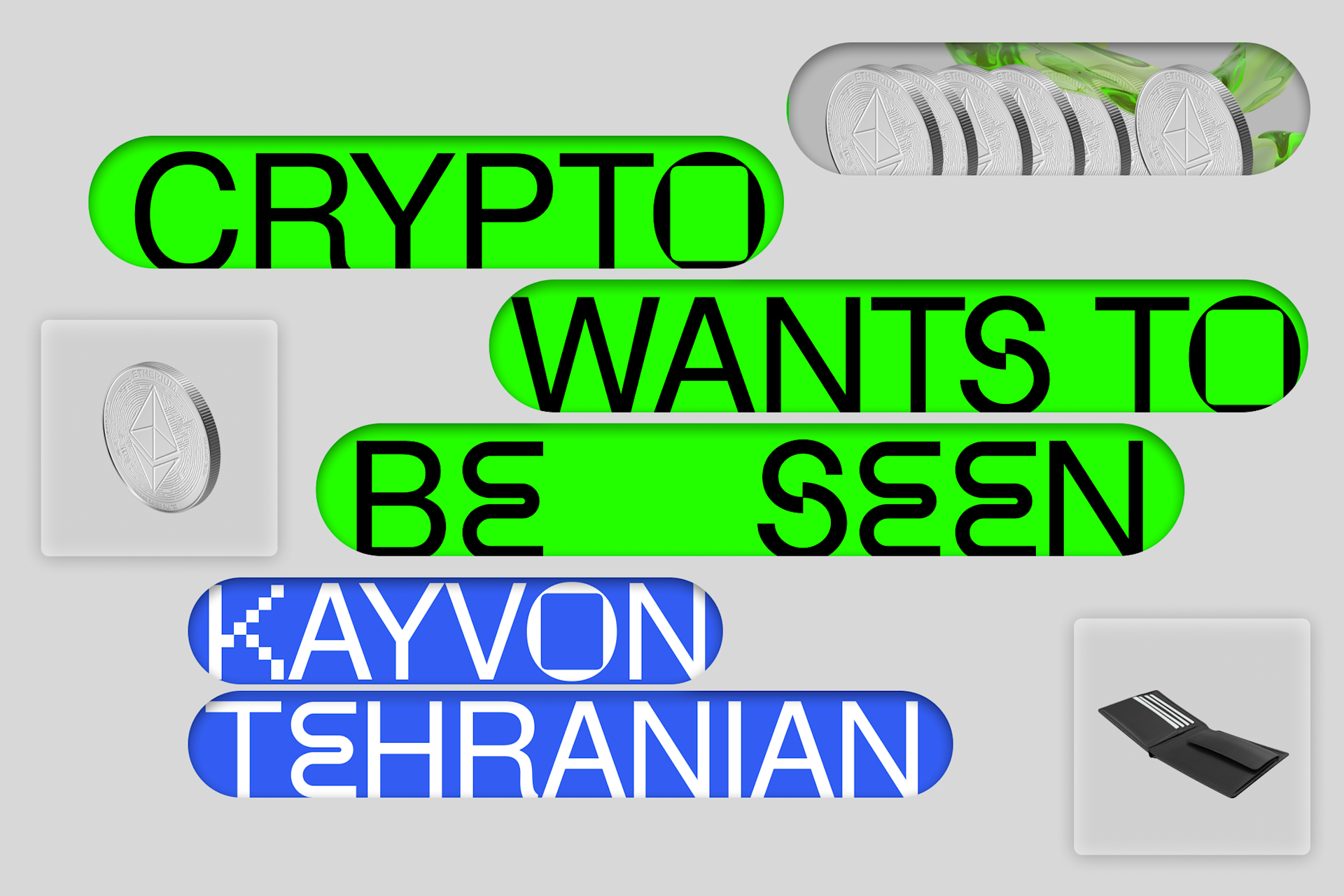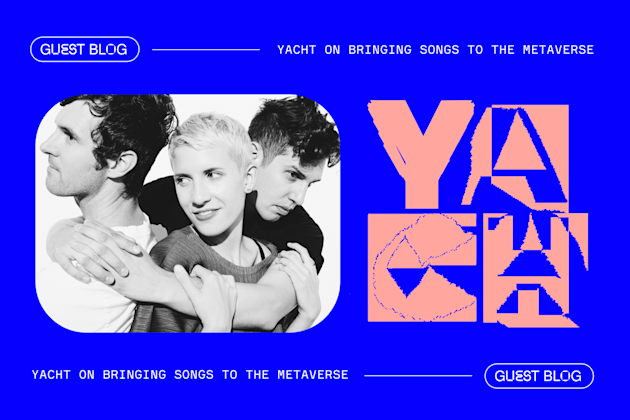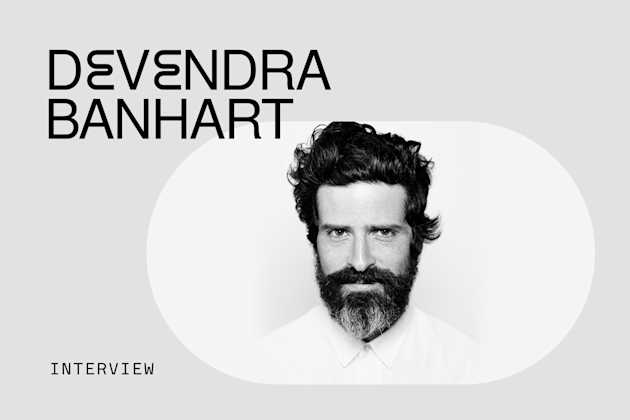Crypto wants to be seen.

Last year, we launched Foundation v1 with the intention of creating a marketplace that leveraged crypto to give creators a direct stake in the rising value of their work. Going into it, we knew it would be a challenge to build a platform that was easily accessible to a non-crypto audience. Most creators—and the audiences who buy their work—are accustomed to web2 experiences, and crypto UX can present a high barrier to entry. New users need to set up wallets, pay for gas, sign transactions, and absorb a wide range of crypto-specific concepts. Despite this, we assumed that with enough abstraction, we could build a creator marketplace that anyone could use without knowing that crypto was under the hood. This assumption turned out to be wrong. Let’s explore why.
In the beginning, we wanted Foundation to feel indistinguishable from existing e-commerce sites—while unlocking an entirely new experience powered by bonding curves and secondary trading. Our goal was to build a platform that made crypto appealing to creators so that they could explore and understand the exciting possibilities of web3 without being overwhelmed by all its complexities.
To smooth out the experience, we introduced meta-txs, email authentication, USD pricing, and credit card support. Figuring out how to abstract away crypto became a key focus of our design process. We asked ourselves, “Even though there’s crypto under the hood, could anyone use this?” If the answer was no, we’d drill down further and figure out which elements could be abstracted—whether it was gas, keys, wallets, transactions, metadata, or block explorers.
With this approach, Foundation v1 ended up looking beautiful, and for some users, it did feel indistinguishable from web2 e-commerce. However, as we tried to push this approach further, we started to run into problems. And the longer we took this approach, the bigger the problems got. Eventually we realized that with every new abstraction, we were digging ourselves into a deeper hole.
What were some of those holes?
When you abstract away keys, you interfere with a creator's ability to sign their work and control their funds. Sovereign identity is essential to unlocking web3.
When you abstract away gas, you're forced to make assumptions about the urgency of a transaction. For auctions and markets, timing can make all the difference.
When you abstract away the wallet, you're responsible for all the features that now come standard with products like MetaMask. Wallets are products in their own right, and users have come to expect a lot from them.
When you abstract away block explorers, you're responsible for transaction monitoring, and in reality, etherscan is the source of truth for the community.
Once understood, crypto is powerful in its simplicity. But it actually becomes more complicated the more you bury it under layers of abstraction. It’s clear to me now that the technology wants to be seen; it wants to be understood.
In 2020, we learned this lesson in practice, and in 2021, we’re putting what we learned to work. Foundation V2 is unabashedly crypto-native. You connect your wallet. You pay for gas. There’s an etherscan link made available for every transaction. The media is stored on IPFS.
In Chris Dixon’s framework, there’s strong and weak tech. Crypto is decidedly strong tech. It’s opinionated and unapologetic, and it “adapts the world to itself.” Attempting to hide it away does a disservice to all the promise it holds.
For creators to get the most from crypto, they need to experience it in ways that enable them to master it. To do this, they need opportunities to be immersed in its core concepts. We can welcome creators into the crypto space by creating elegant a-ha moments that open the door to deeper understanding.
Enabling creators to mint NFTs that encode scarcity into their digital work is one such a-ha moment. Minting an NFT tied to your public key justifies the friction of setting up a wallet and paying for gas. Why? Because establishing provenance for digital objects without a blockchain is quite literally impossible.
At the end of the day, respecting crypto’s essence is the key to moving the space forward. Abstraction impedes the understanding of and appreciation for how crypto works. Now that we’ve learned this lesson, we have the opportunity to design products that put the best of crypto on full display.
For Foundation V2, that’s exactly what we’re doing by rooting creators in the following:
On-chain provenance
Decentralized media storage with IPFS
Payment in $ETH
While abstraction might work to temporarily bring new users into the space, what we all ultimately want is strong tech—because that's what sticks around. Now it’s up to us to make the case for the strength of crypto on a broader scale, not by hiding it under the hood, but by designing opportunities to bring a broader community into the fold. We hope Foundation V2 does just that.
Read more

Guest Blog: YACHT on bringing songs to the metaverse.

Devendra Banhart on the unfolding possibilities of mixed-media NFTs.
